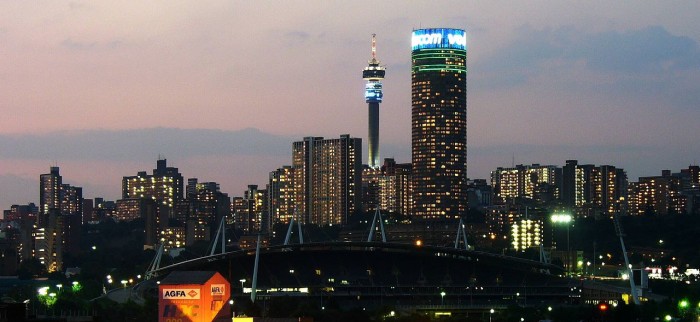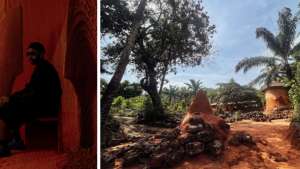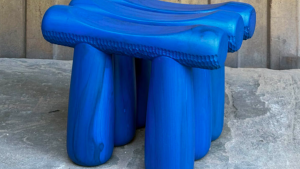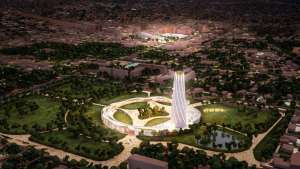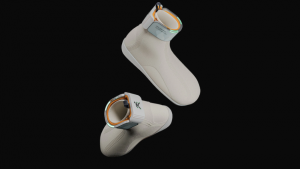South African writer Nkgopoleng Moloi contemplates the future of Johannesburg's urban planning and design:
The basic assumption is that once people move to cities their quality of life improves; they have greater access to opportunity and can be exposed and immersed in urban life through cultures that are interesting and fulfilling.
Most cities in the world are built around the idea of livability, i.e. access to healthcare, financial opportunities and education. Unfortunately we think of access in a very linear manner and as a pecking order: first provide food, water, shelter and then maybe the arts and culture will follow at a later stage. We fail to think of residents, particularly if they happen to be poor, as full and complex human beings whose passions, needs and desires shift and morph across time.
History has created very specific ways to exclude entire groups of residents from fully participating and contributing in societies on the basis, primarily, of race, country of origin and class.
In South Africa, as we continue to live our lives according to the archaic & brutal architecture of apartheid, the battle for access to good quality education, employment, health, wellbeing and financial freedom are tied to racial disparity.
Across our cities, particularly in Johannesburg, transport and transit continue to perpetuate injustices, oppression and exclusion. The lack of shared consensus around what movement should look like does little to create solutions to these issues. While some people think we should be developing transit, others think we should build more highways. Flexibility of movement is extremely important within a city as our ability to move across the city influences how we experience it.
A few projects facilitated through the Johannesburg Development Agency (JDA) inspire some confidence around the future of transport. These transit oriented projects comprise the ongoing Corridors of Freedom interchanges, including the Reya Vaya Rapid Transit system along Soweto to the Central Business District (CBD), CBD to Alexandra, Sandton/Randburg to Diepsloot and Alexandra to Ivory Park (some of which have been completed).
One could argue that this type of radical incrementalism will take too long to effect change, especially if solutions are not specifically designed to eradicate the root problems creating unequal access to social services. A lack of acknowledgement of core problems in each of these spaces, unemployment for instance, speaks to a planning and development strategy which lacks context.
Johannesburg is well known for a plethora of curated events and initiatives, especially within the art space — First Thursdays, Meet the locals, Wknd Social, book and art festivals and a number of other social interactions, many of which are incredibly successful in bringing large groups of people together. However, we need to move towards creating more spaces that naturally allow for conversations and engagement beyond highly curated events, which often end up perpetuating elitism and exclusivity. We need more spaces to sit, to play, to read and to see each other.
We need more spaces that allow us to explore contentious questions around inequality, racism, and injustice, questions that force us to name our ideals and find our purpose. We need to create spaces where we can discuss, understand, and broaden our perspectives of how cities work. And ultimately, we need to create access to these spaces in order to reflect and illuminate the complexity of city living.
This story first appeared on INNERCITY, a platform that showcases writing on African cities.
Read more on city & urban design:
Rebuilding Somalia’s ruined cities
Lucas De Man uses art to help bring more social cohesion to our cities

